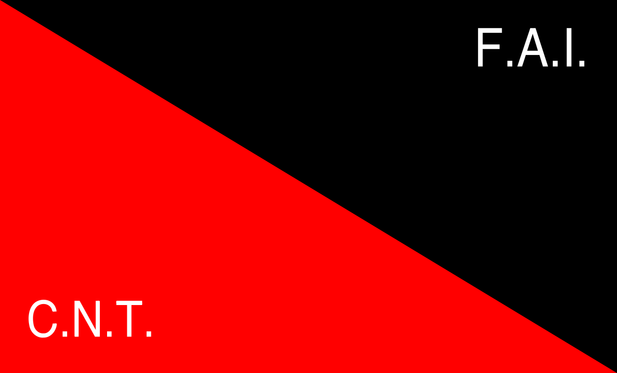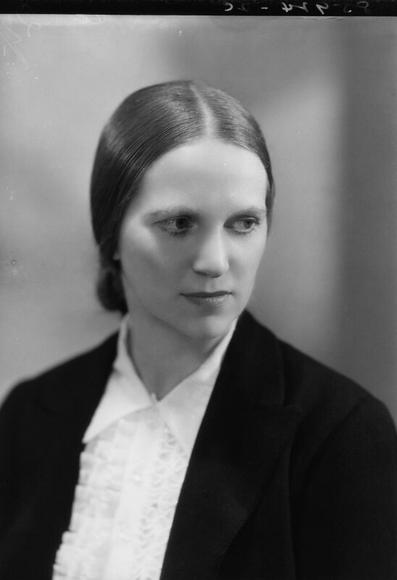Today in Labor History October 6, 1969: Shortly before the Days of Rage, the Weather Underground blew up a statue in Haymarket Square, Chicago commemorating the policemen who died in the Haymarket affair of 1886. It was rebuilt in 1970, only to be blown up again by the Weather Underground. After being rebuilt again, Mayor Daley posted a 24-hour armed police guard, at a cost of over $67,000 per year. But it was eventually moved to an enclosed area of Police Headquarters. The statue was erected in 1889. In 1927, on the 41st anniversary of the Haymarket affair, a streetcar jumped its tracks and crashed into the monument because the driver was "sick of seeing that policeman with his arm raised." In 1968, on the 82nd anniversary of the Haymarket affair, activists vandalized it with black paint in protest of police brutality against the antiwar movement.
On May 1, 1886, 350,000 workers went on strike across the U.S. to demand the eight-hour workday. In Chicago, anarchists Albert and Lucy Parsons led a peaceful demonstration of 80,000 people down Michigan Avenue. It was the world’s first May Day/International Workers’ Day demonstration—an event that has been celebrated ever since, by nearly every country in the world, except for the U.S. Two days later, another anarchist, August Spies, addressed striking workers at the McCormick Reaper factory. Chicago Police and Pinkertons attacked the crowd, killing at least one person. On May 4, anarchists organized a demonstration at Haymarket Square to protest that police violence. The police ordered the protesters to disperse. Somebody threw a bomb, which killed at least one cop. The police opened fire, killing another seven workers. Six police also died, likely from “friendly fire” by other cops.
The authorities went on a witch hunt, rounding up most of the city’s leading anarchists and radical labor leaders, including Albert Parsons and August Spies. The courts ultimately convicted seven anarchists of killing the cops, even though none of them were present at Haymarket Square when the bomb was thrown. They executed four of them in 1887, including Albert Parsons. After her husband’s execution, Lucy continued her radical organizing, writing, and speeches. In 1905, she cofounded the IWW, along with Mother Jones, Big Bill Haywood, Eugene Debs, James Conolly and others.
You can read my more about the Haymarket anarchists, Lucy Parsons, and the fight for the 8-hour day here: https://michaeldunnauthor.com/2024/03/24/lucy-parsons/
Read more about the Pinkertons here: https://michaeldunnauthor.com/2024/04/04/union-busting-by-the-pinkertons/
#workingclass #LaborHistory #haymarket #anarchism #police #policebrutality #chicago #weatherunderground #eighthourday #lucyparsons #IWW #mayday #internationalworkersday
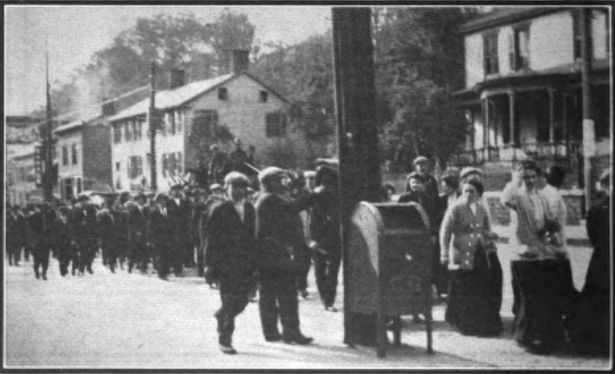
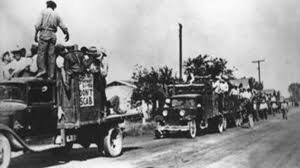
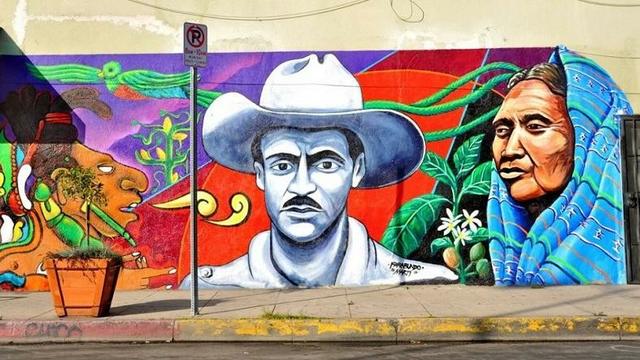
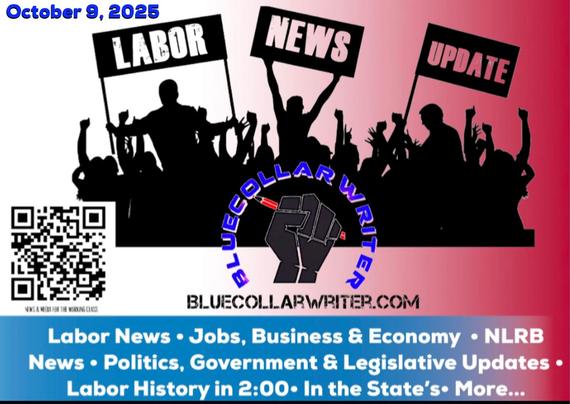
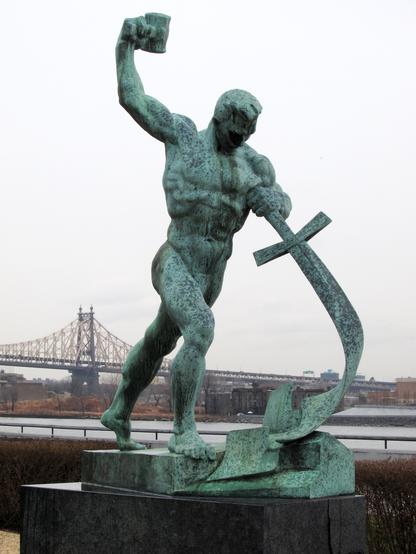
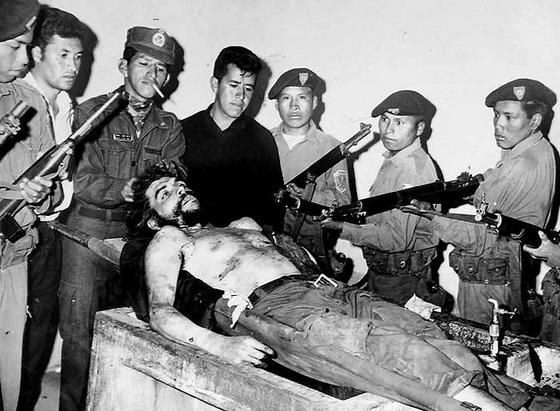
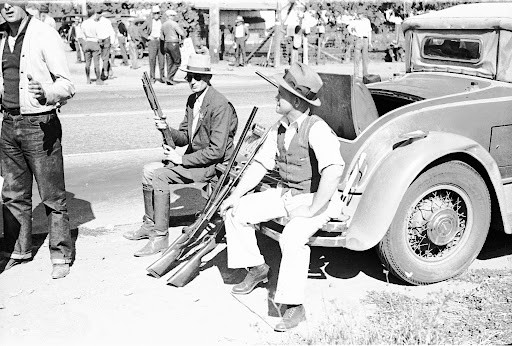
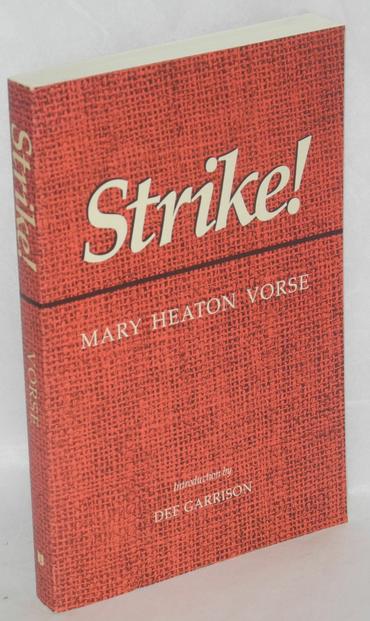
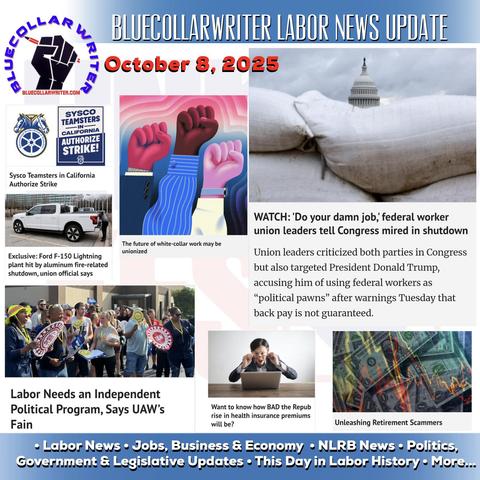
![Days of Rage poster. Reads: Bring the War Home ChicagoOct 8-11. SDS. By [1], Fair use, https://en.wikipedia.org/w/index.php?curid=18821408](https://files.mastodon.social/cache/media_attachments/files/115/338/911/691/992/647/small/bb766ca9a3aeeeb5.png)
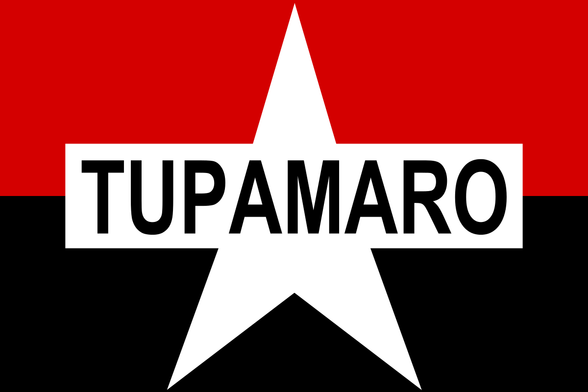
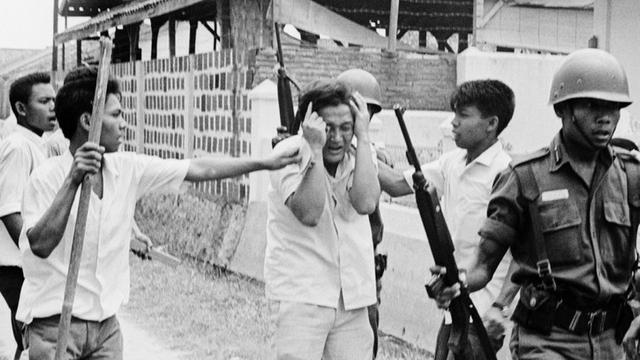
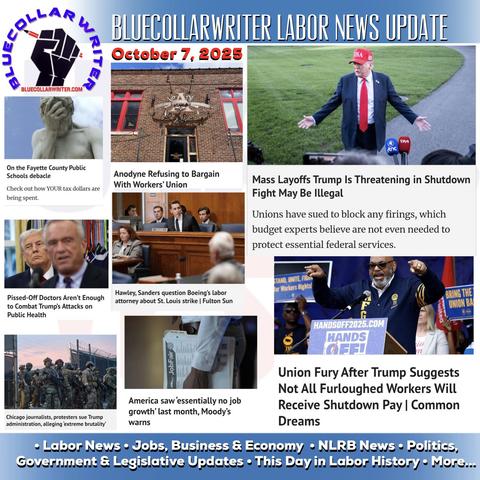
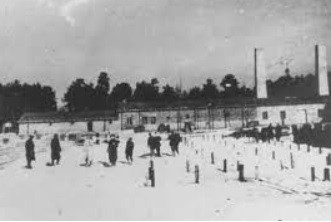
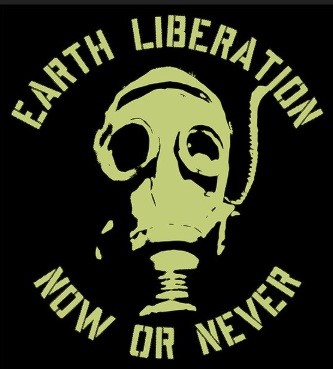
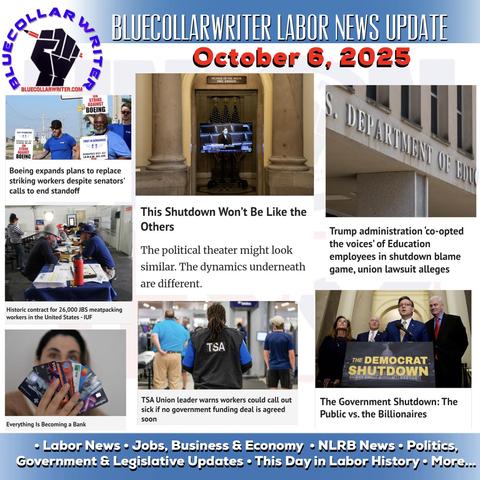
![Workers finish installing Gelert's statue of a Chicago policeman in Haymarket Square, 1889. The statue was destroyed by a bomb in 1969 and a replica now stands at the Chicago Police Headquarters. By A[dolph]. Witteman - Chicago Historical Society (ICHi-14452) http://www.encyclopedia.chicagohistory.org/pages/3774.html, Public Domain, https://commons.wikimedia.org/w/index.php?curid=3424497](https://files.mastodon.social/cache/media_attachments/files/115/327/605/965/123/869/small/7483fe6aa40d2404.jpg)
